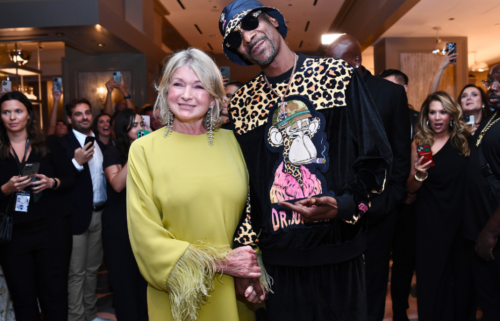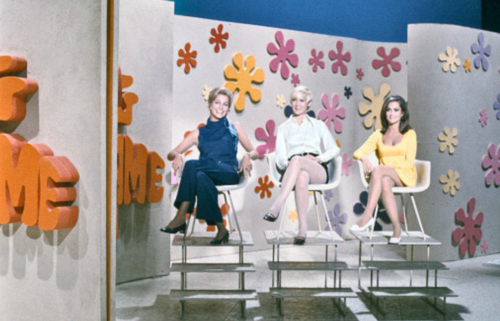Classic Christmas songs that are more than 100 years old
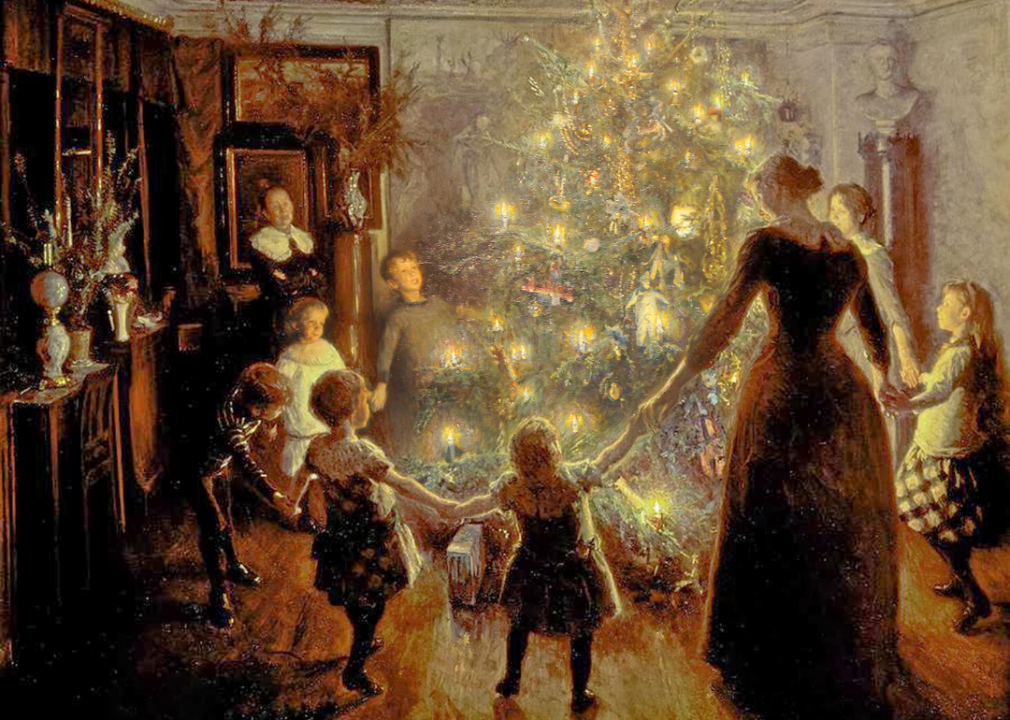
Plum Leaves // Flickr
Classic Christmas songs that are more than 100 years old
Christmas music has a long and storied history beginning centuries ago with pagan rituals. Those traditions evolved with St. Francis of Assisi’s Nativity plays in the 13th century and survived Puritan rule when many Christmas traditions and celebrations were banned during part of the 17th century.
Traveling minstrels spread original songs before the invention of the printing press in 1440 ushered in an era of texts that served as the foundation for some of the most beloved Christmas songs. These tunes would be shared in the form of poetry and hymns printed on broadsides. Today, Christmas music runs the gamut from silly to revolutionary. Songs range from grandmothers getting trampled by reindeer to those based on the work of a Romantic-period poet. Who knew that the catchy tune of Wenceslas, the king with the funny name, is a reverent song about the patron saint of the Czech Republic? Or perhaps it would surprise readers to discover that “Silent Night” was designated as an item of Intangible Cultural Heritage by UNESCO.
These songs we know by heart and hear so often have rich histories rooted in things like war, religion, social reform, and slavery. Stacker compiled a list of Christmas songs released before 1920 and explored the origins of these pieces. This list includes Christmas carols, famous instrumentals, popular hymns, and spirituals from countries around the world. Many of these songs were created out of a chance collaboration between artists spanning time and space; a clergyman pens a hymn, and years later, a composer resurrects those words and sets them to a melody.
It may come as no surprise, then, that what people consider to be Christmas classics are among the most-covered Christmas songs of all time. “Silent Night,” for example, had 137,315 recordings, according to a 2017 Billboard report.
Read on to learn about the rich histories of some of the most beloved Christmas songs that are more than a century old.
You may also like: 71 years of Emmy history
![]()
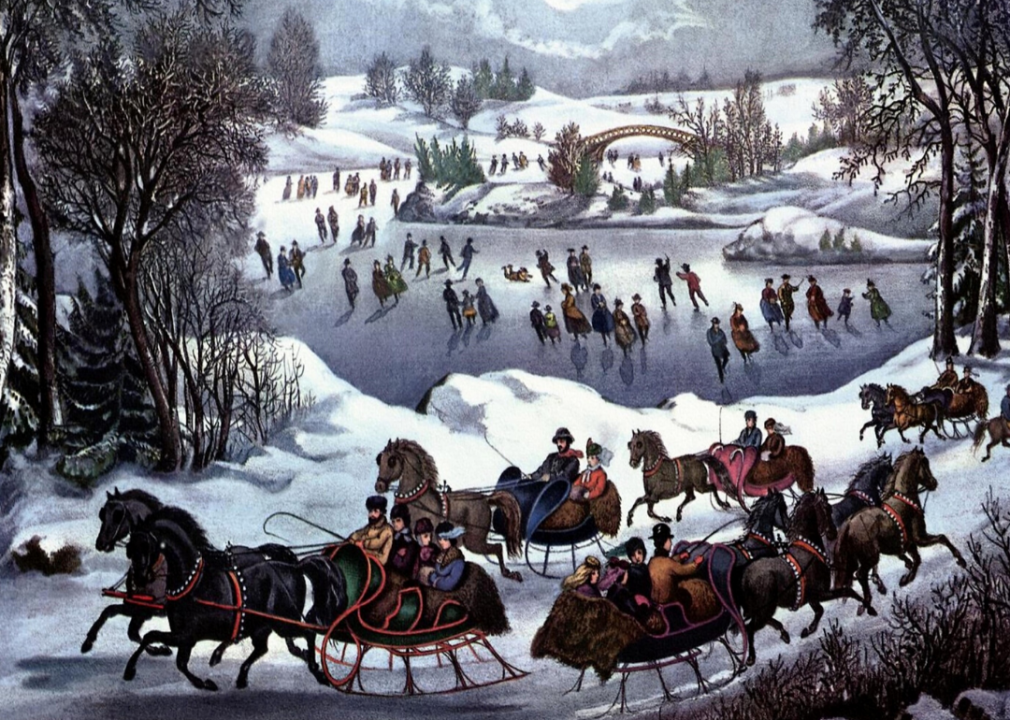
Public Domain
‘Jingle Bells’ (1885)
Written by James Lord Pierpont in 1857 and originally titled “One Horse Open Sleigh,” “Jingle Bells” is one of the most beloved and ubiquitous Christmas carols in existence. In 1965, astronauts Wally Schirra and Thomas Stafford made “Jingle Bells,” the first song heard from space as they orbited Earth aboard the Gemini 6. It may be surprising that this Christmas classic was written as a Thanksgiving song.
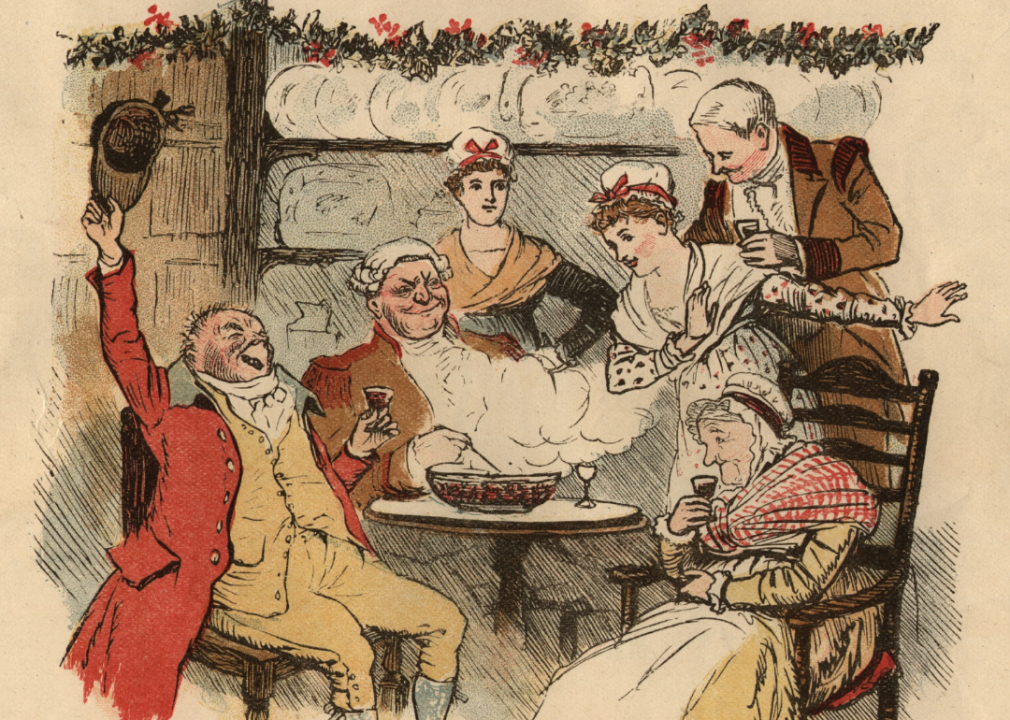
Hulton Archive // Getty Images
‘Here We Come A-wassailing’ (c. 1850)
This traditional English Christmas carol refers to the practice of wassailing, the definition of which has evolved over the years. In the song, wassailing is the practice of traveling door-to-door, wishing good health, and asking for a bit of hospitality and Christmas tidings in return, including a drink from a communal bowl filled with mulled cider or ale called wassail. Other familiar variants of the song include “Here We Come A-Caroling” and “Here We Come A-Christmasing.”
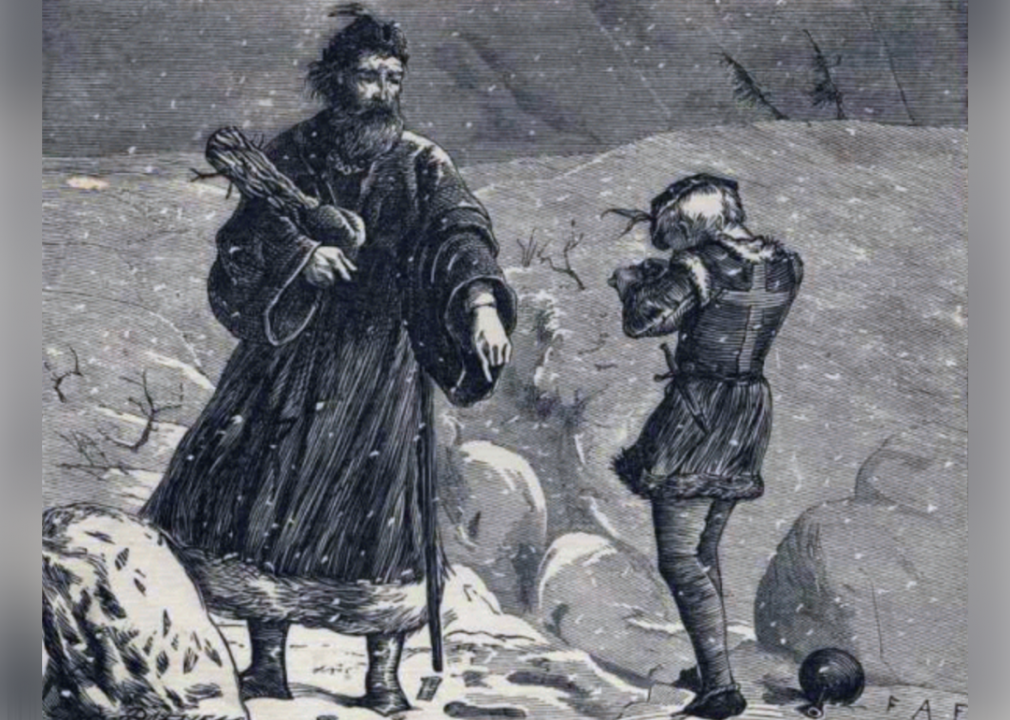
Public Domain // Wikimedia Commons
‘Good King Wenceslas’ (1853)
Published by hymn writer John Mason Neale in 1853, this carol was based on the life of the virtuous ruler Wenceslaus I, Duke of Bohemia. Wenceslaus I was revered for his piety, morality, and virtue. After his assassination, he was posthumously conferred as a king by Holy Roman Emperor Otto I, which is why people don’t sing of good Duke Wenceslaus. Wenceslaus was elevated to sainthood immediately after his death, and he’s considered the patron saint of the Czech Republic.
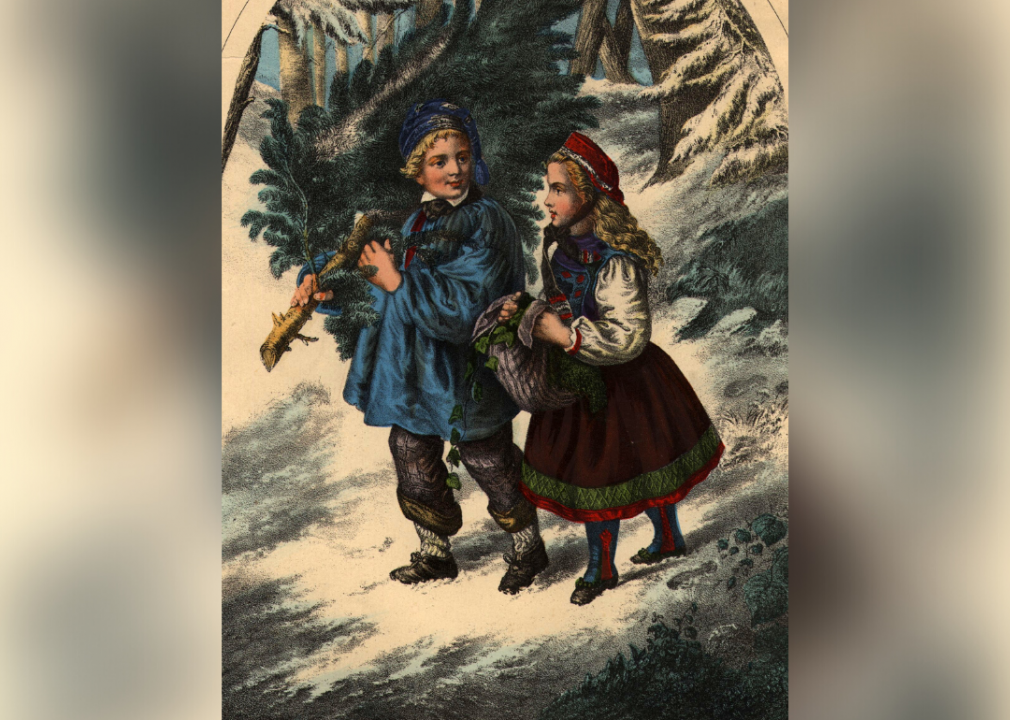
Hulton Archive // Getty Images
‘O Tannenbaum’ (1824)
The version of “O Tannenbaum” most of us are familiar with today was written in 1824 by Ernst Anschütz, a well-known organist and composer from Leipzig, Germany. Anschütz’s version was one of many based on a 16th-century German folk song that pays homage to the steadfast nature of the “Tannenbaum,” the German word for a fir tree. The song’s association with Christmas began with Anschütz even though no explicit mention of Christmas was made in his original lyrics. Furthermore, most Christmas trees are spruce, not fir. Readers may be more familiar with the song’s English title, “O Christmas Tree.”
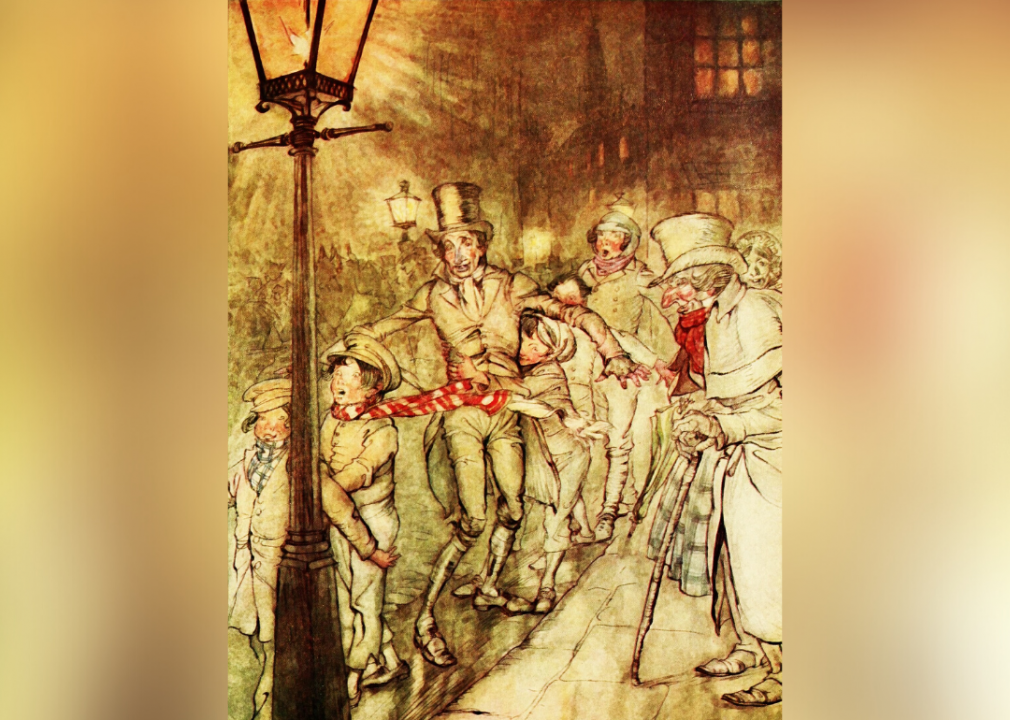
Pixaby
‘God Rest You Merry, Gentlemen’ (1760)
If you’ve ever wondered what “God rest you merry” means, you’re not alone. This carol’s title is often misinterpreted, mispunctuated, and widely debated. The phrase “rest you merry” is used in the same way we use “rest assured.” It is not an address to merry gentlemen but rather an imperative statement to all gentlemen to be happy, citing the birth of Christ. It’s even referenced in Charles Dickens’ classic “A Christmas Carol.” The earliest known print edition of the carol dates back to 1760, but its author is unknown.
You may also like: 30 celebrities you might not know are LGBTQ+
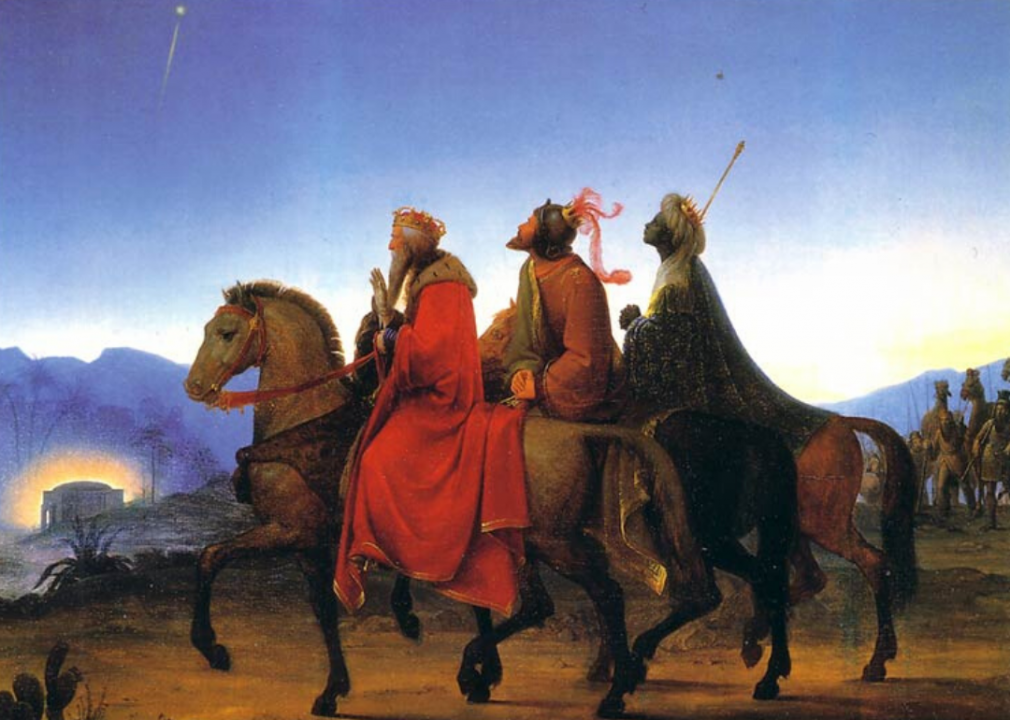
Leopold Kupelwieser // Wikimedia Commons
‘We Three Kings’ (1863)
Originally titled “Three Kings of Orient,” this carol was written by journalist-turned-clergyman John Henry Hopkins in 1857 for a Christmas pageant and published six years later. The carol chronicles the Christian gospel of Matthew in which three biblical magi, commonly known as the three wise men, bring gifts of gold, frankincense, and myrrh to honor the birth of Jesus.
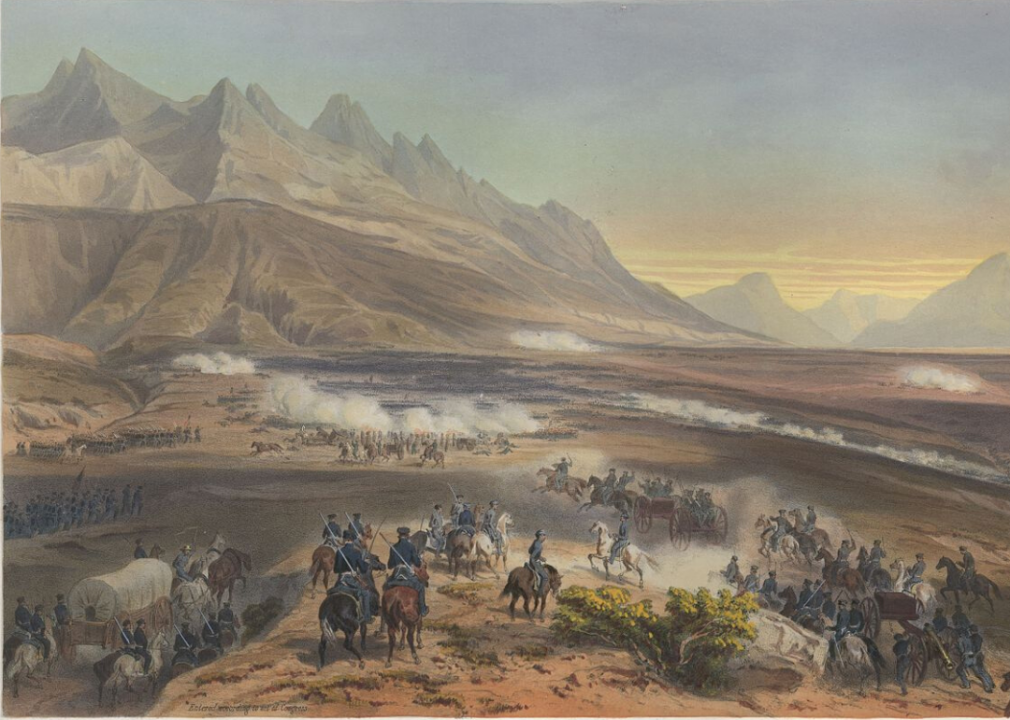
Public Domain // Wikimedia Commons
‘It Came Upon the Midnight Clear’ (1850)
Edmund Sears, a Unitarian pastor in Wayland, Massachusetts, wrote a five-stanza poem titled “It Came Upon the Midnight Clear” in 1849. It was adapted by American composer Richard Storrs Willis in 1850 and set to a melody called “Carol.” The words of this poem-turned-carol are regarded as an account of the issues at the time. Topics referred to in the song include the end of the Mexican-American War and a call for peace among men.
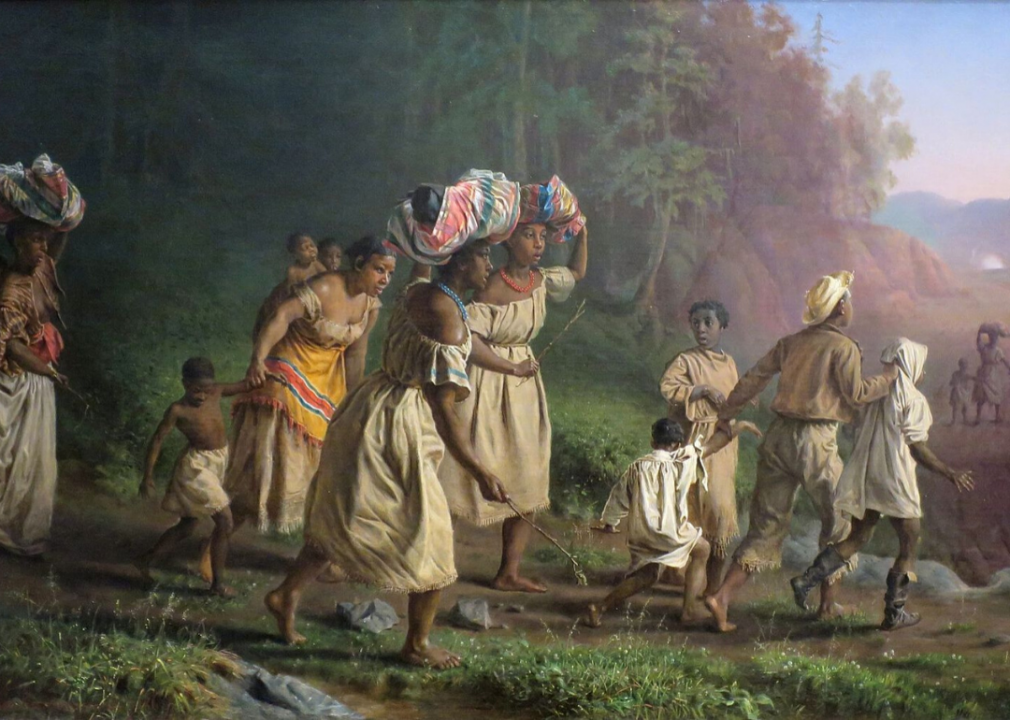
Public Domain // Wikimedia Commons
‘Go Tell It on the Mountain’ (1907)
Proudly rejoicing the nativity of Jesus, “Go Tell It on the Mountain” was an African American spiritual dating back to 1865. John Wesley Work Jr. was a composer and ethnomusicologist who compiled hundreds of spirituals and even composed a few, including “Go Tell It on the Mountain,” in his work, “American Negro Songs and Spirituals: A Comprehensive Collection of 230 Folk Songs, Religious and Secular.”
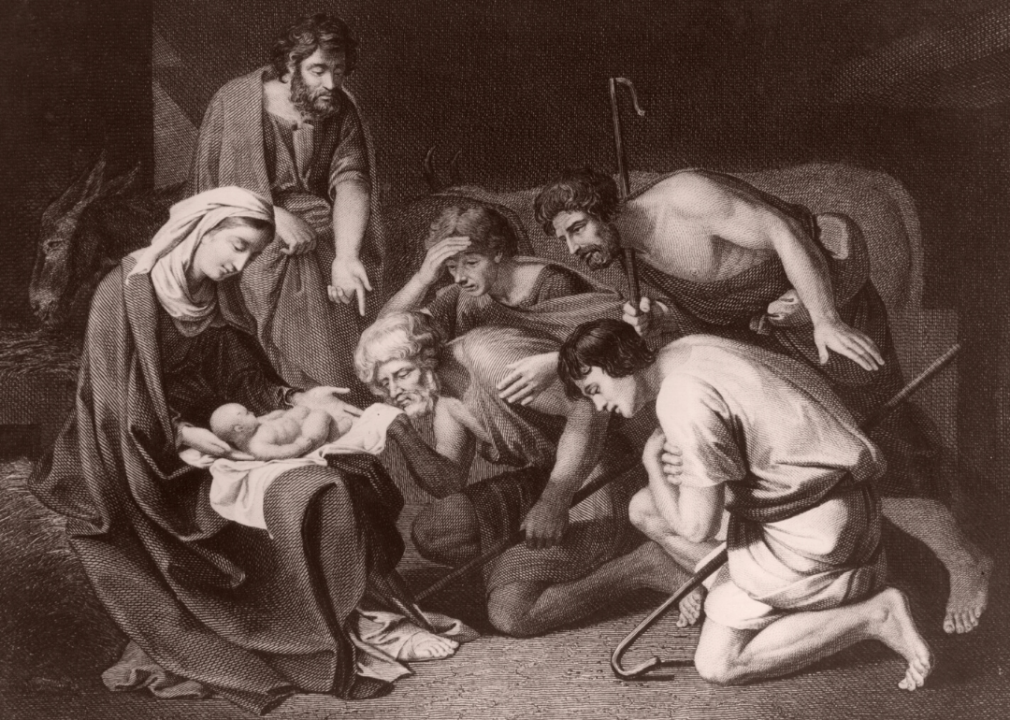
Hulton Archive // Getty Images
‘What Child is This?’ (1871)
Written by William Chatterton Dix in 1865 and published in 1871, this carol explores what the shepherds present at the birth of Jesus must have been thinking when they encountered him. In gospel, hymns, and art, shepherds are central characters in the Nativity of Jesus. The song is set to the familiar melody of “Greensleeves,” a 16th-century English folk song.
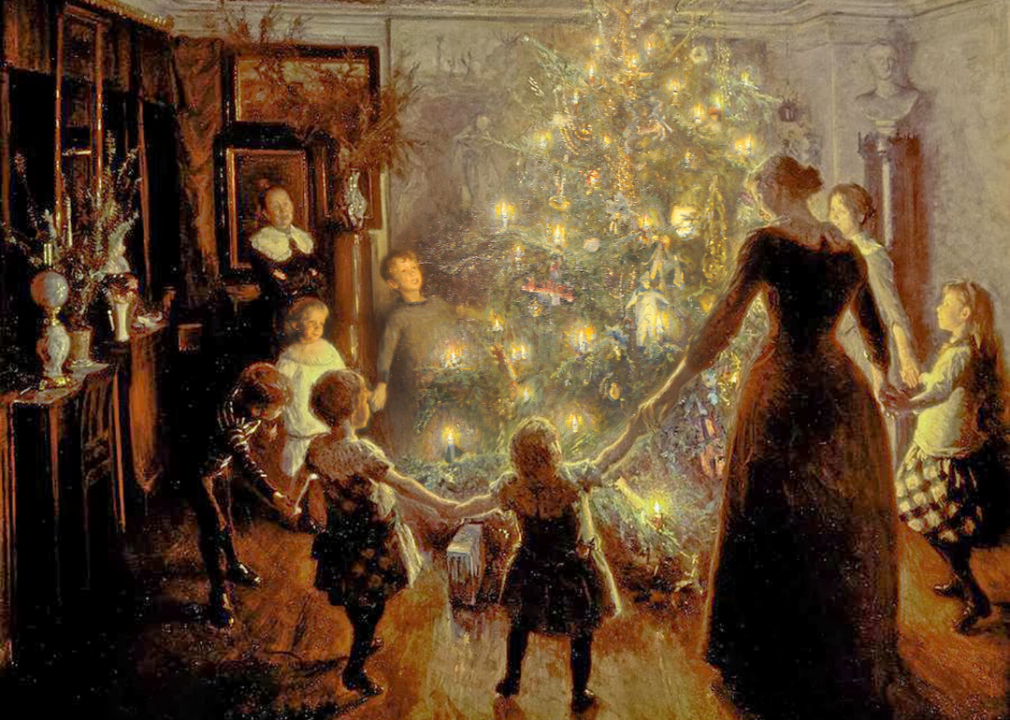
Plum Leaves // Flickr
‘O Come, All Ye Faithful’ (1751)
The exact origins of this popular carol are unknown, but it is most often credited to John Francis Wade. Originally written and printed in Latin as “Adeste Fideles,” it first appeared in Wade’s 1751 collection “Cantus Diversi.”
You may also like: Exploring minority representation in the biggest box office winners ever
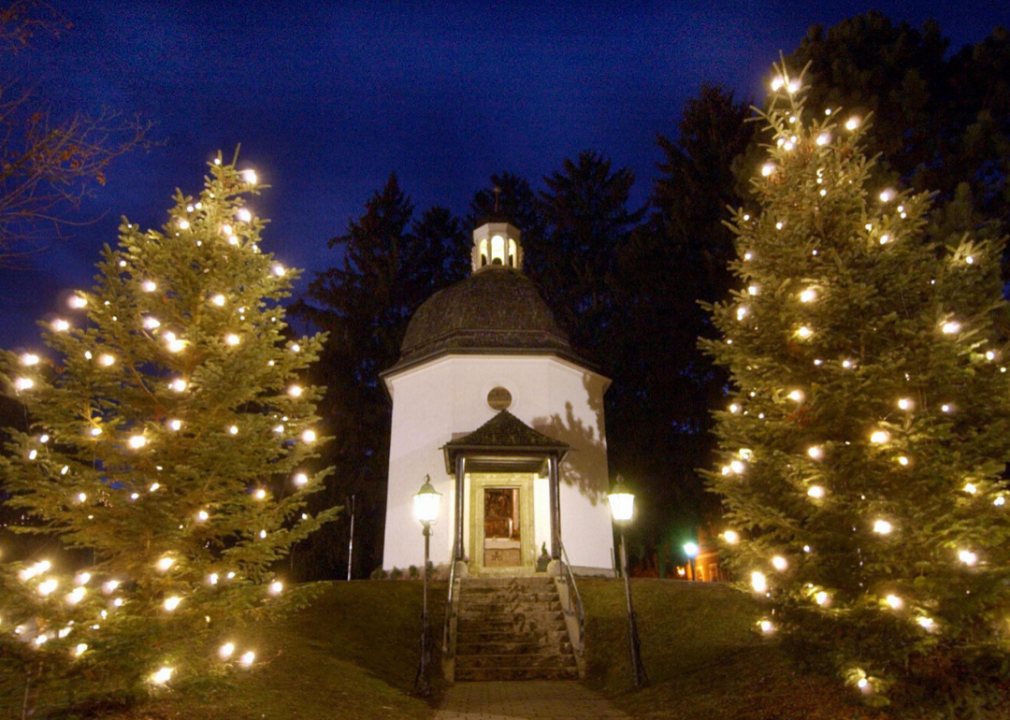
JOE KLAMAR // AFP via Getty Images
‘Silent Night’ (1818)
What began in 1818 as a modest performance outside of St. Nicholas parish in Oberndorf, Austria, has become one of the most popular Christmas songs of all time. Translated into over 300 languages, “Stille Nacht” was written by a priest named Joseph Mohr and composed by Franz Xaver Gruber in 1818. The song became popular among traveling folk singers, and before long, it could be heard around the world. The English version we know today called “Silent Night” was not written until 1863. “Stille Nacht” was named an intangible cultural heritage by UNESCO in 2011.
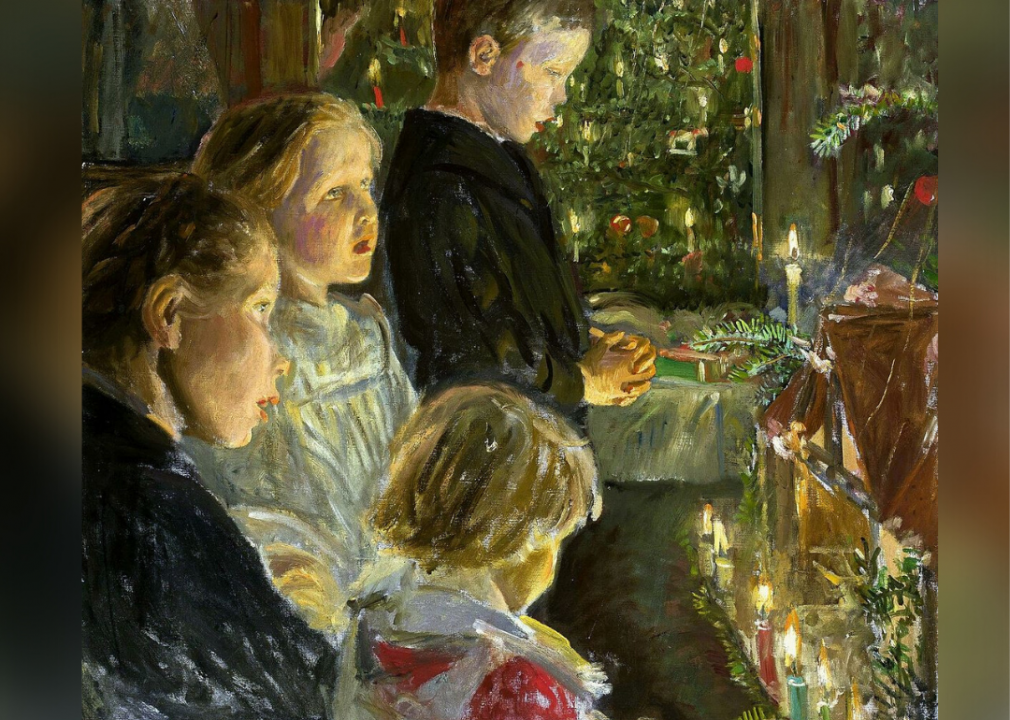
Public Domain // Wikimedia Commons
‘Carol of the Bells’ (1919)
“Carol of the Bells” is no doubt familiar to you—if not by name, then by melody. The carol was based on a Ukrainian folk chant called “Shchedryk,” which was traditionally sung on New Year’s Eve as it spoke of good fortune for the upcoming year. American composer Peter J. Wilhousky adapted the lyrics “Shchedryk” into a Christmas song in 1919 using the original musical arrangement by Ukrainian composer Mykola Leontovych. Many artists have covered the carol over the last century, and one of its more popular variants is “Christmas Eve/Sarajevo” by the Trans-Siberian Orchestra.
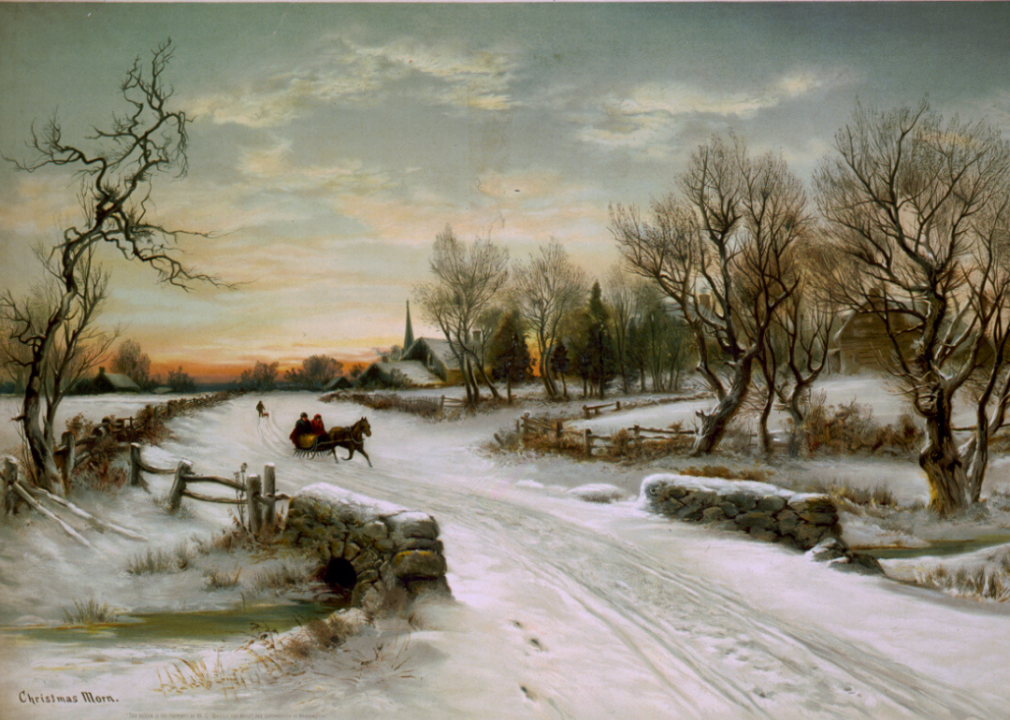
Public Domain
‘In the Bleak Midwinter’ (1906)
“In the Bleak Midwinter” was based on a poem of the same name written by English poet Christina Georgina Rossetti in 1872. English composer Gustav Holst first set the poem to music in 1906.
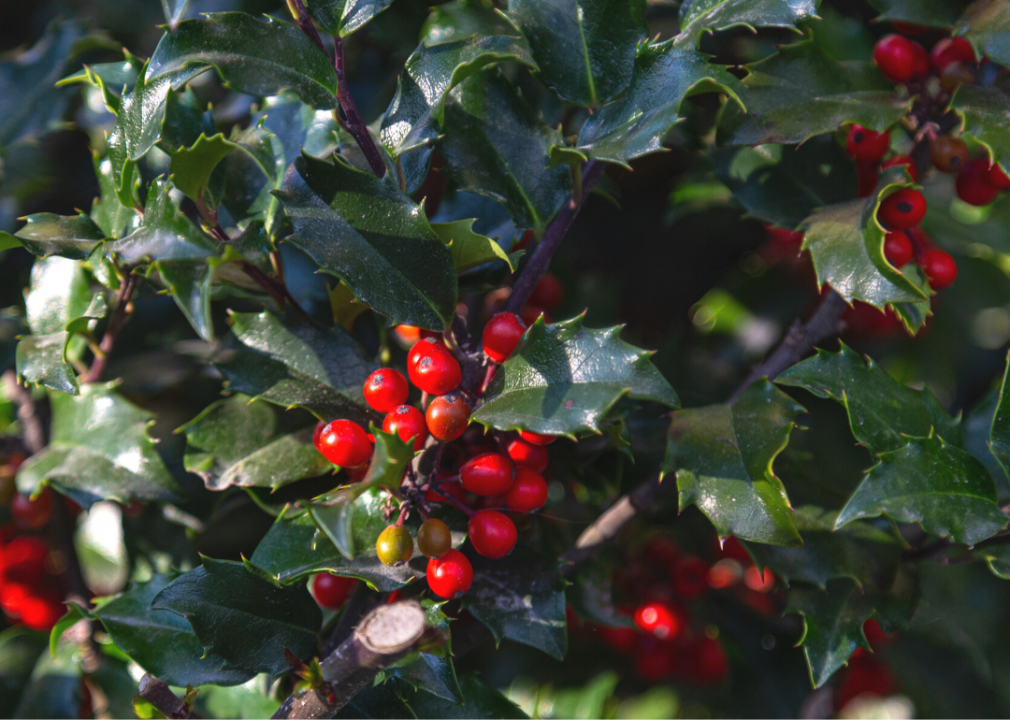
AEWD // Shutterstock
‘The Holly and the Ivy’ (1911)
This particular carol was published by Cecil Sharp, a famous conservator of English folk tradition, in 1911. The song is packed with symbolism that dates back to pagan rituals. Holly (representing males) and ivy (representing females) used to be burned together during the pagan festival of Beltane to encourage a fruitful spring. In Christianity, holly is symbolic of the crown of thorns Jesus wore during his crucifixion. With this rich history, evergreens like holly and ivy are viewed as symbols of rebirth and renewal, which are common themes celebrated at Christmas time.
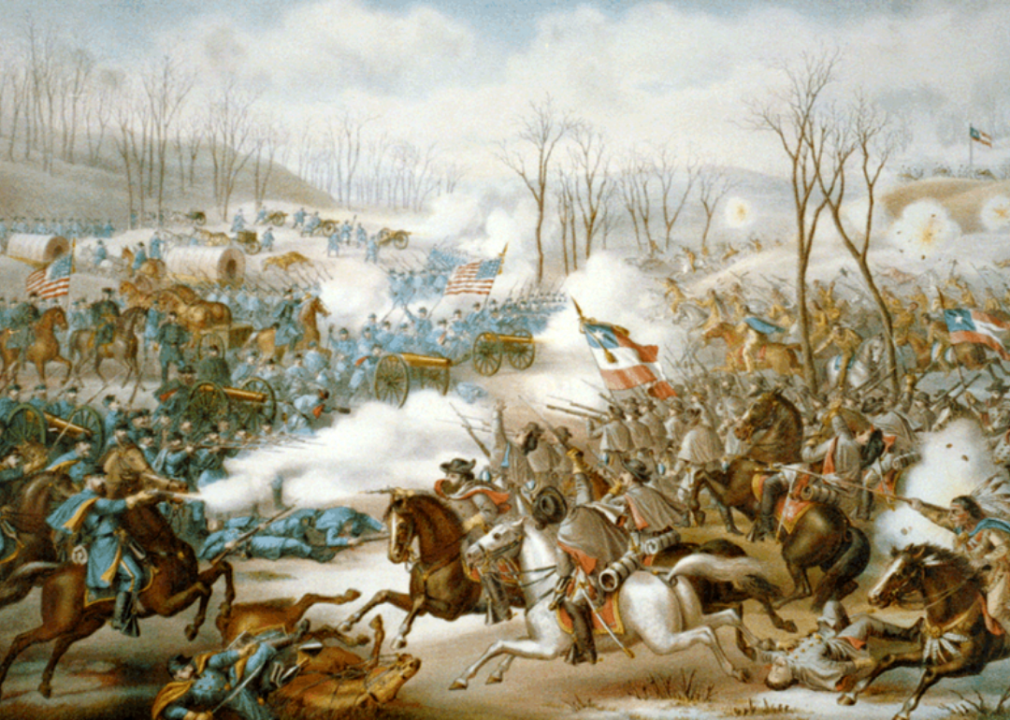
GoodFreePhotos
‘I Heard the Bells on Christmas Day’ (1872)
This carol was based on the poem “Christmas Bells,” written by Henry Wadsworth Longfellow on Christmas Day in 1863. With an injured wife and a son who joined the union army against his father’s wishes, Longfellow lamented hearing bells on Christmas Day during the American Civil War. The lyrics convey a sense of hopelessness when goodwill and peace on Earth seemed impossible. The poem was set to music in 1872 by English composer John Baptiste Calkin.
You may also like: Mistakes from the 50 best movies of all time
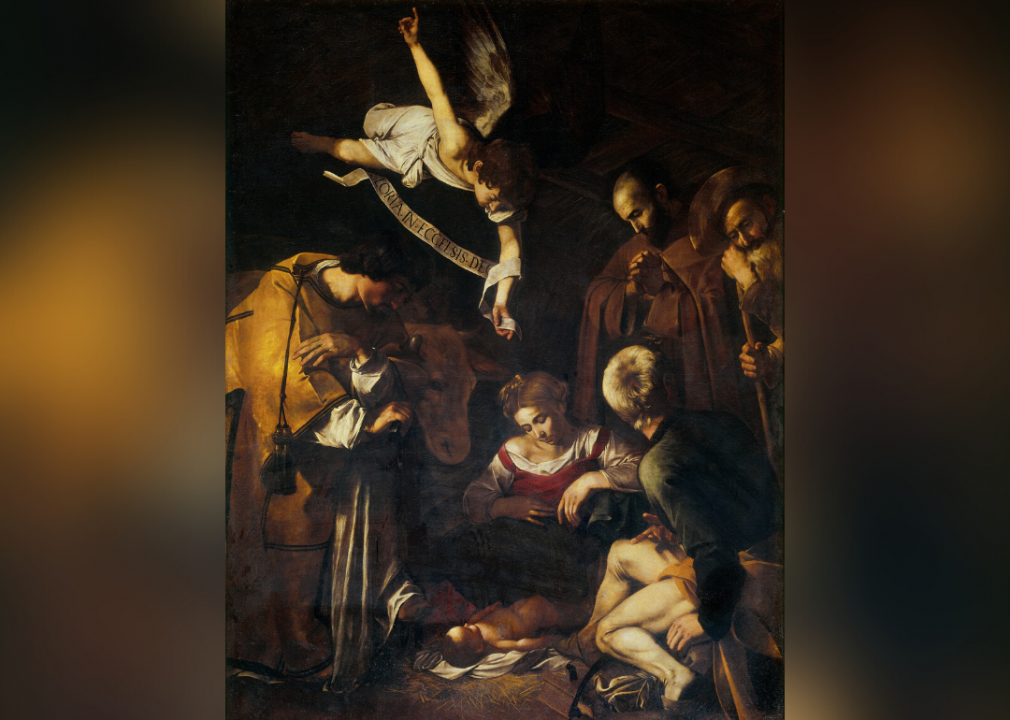
Public Domain // Wikimedia Commons
‘O Holy Night’ (1847)
“O Holy Night” is based on a French poem titled “Minuit, Chrétiens,” written by Placide Cappeau at the behest of a parish priest. Composer Adolphe Adam set the poem to music that same year, and it quickly gained popularity throughout France. When Cappeau denounced the Catholic Church to join the socialist movement, the church responded by denouncing his beloved carol. The song made a resurgence after it was translated into English and introduced in America by John Sullivan Dwight.
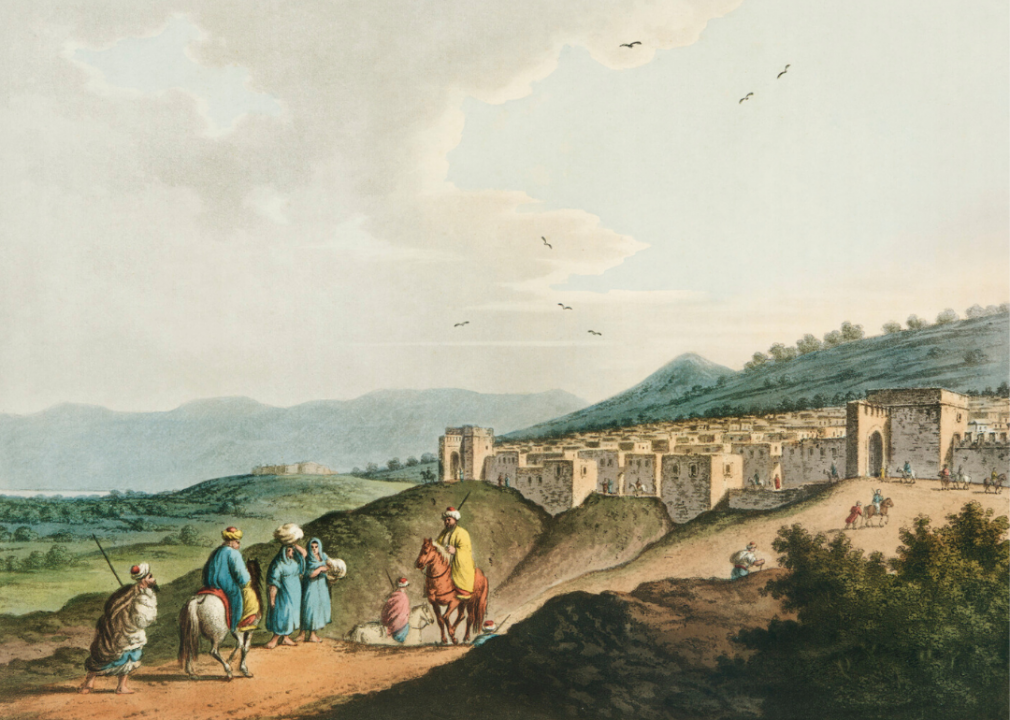
Rawpixel Ltd // Flickr
‘O Little Town of Bethlehem’ (1868)
After visiting Bethlehem in the Mutasarrifate of Jerusalem, Phillips Brooks was inspired to write about his experiences. Brooks, an Episcopal priest, shared the poem he had written with Lewis Redner, his church’s organist, and asked him to create a melody for it so they could perform it at an upcoming Sunday school service. In a single evening, Redner composed the tune that we know today. Reflecting on the success of the carol, Redner stated: “Neither Mr. Brooks nor I ever thought the carol or the music to it would live beyond that Christmas of 1868.”
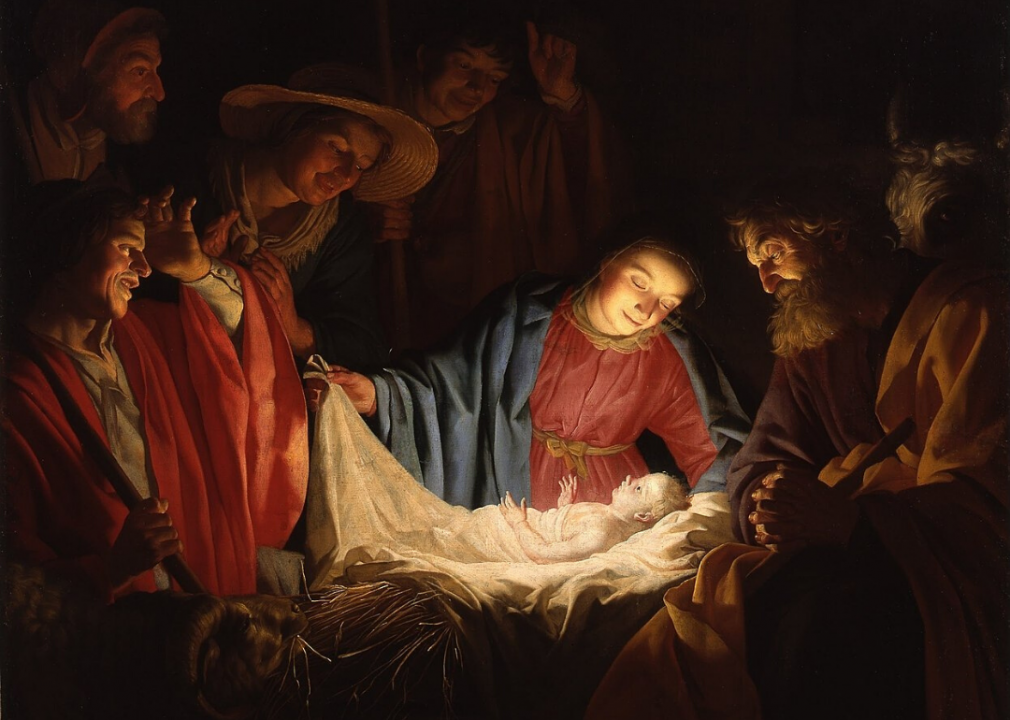
Public Domain // Wikimedia Commons
‘Away in a Manger’ (1885)
Mistakenly attributed, for many years, to Martin Luther—the seminal figure of Europe’s Protestant Reformation in the 16th century—and even titling early versions of this piece “Luther’s Cradle Song,” “Away in a Manger” is a relatively simple carol with unknown origins. The first record of the text being set to music with the title “Away in a Manger” is found in the 1885 publication, “Little Children’s Book for Schools and Families.”
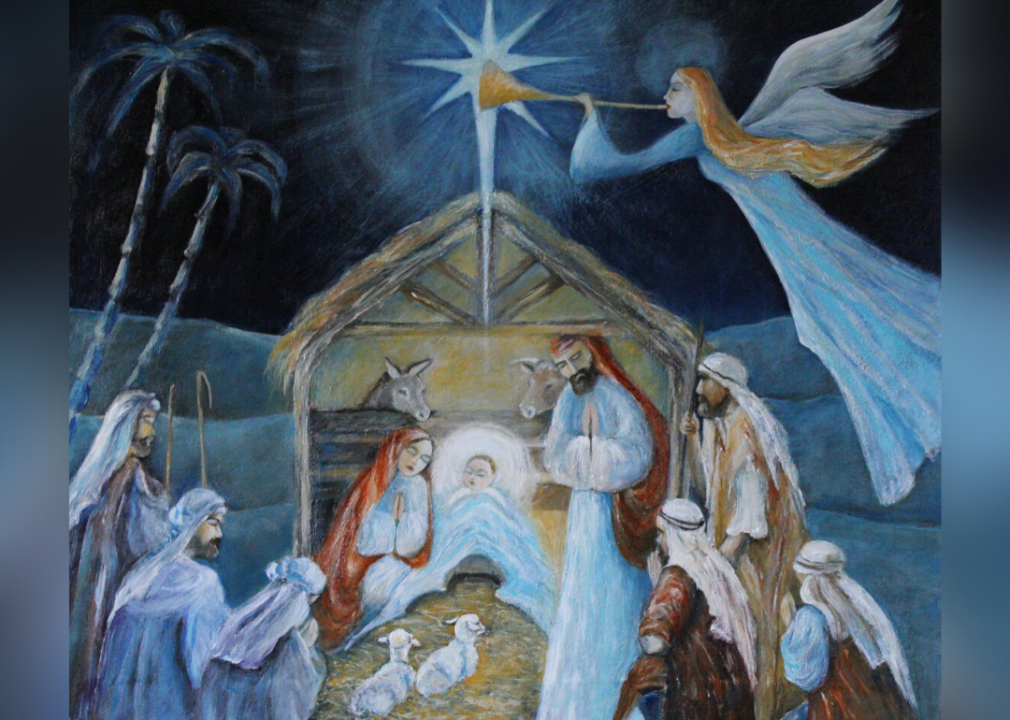
Pixabay
‘Hark! The Herald Angels Sing’ (1855)
The carol we know as “Hark! The Herald Angels Sing” was originally titled “Hymn for Christmas-Day,” published in 1739 by Charles Wesley, leader of the Methodist movement and brother to John Wesley, the movement’s founder. But it was George Whitefield who adapted the text in 1753 to give us that familiar opener “Hark! The Herald Angels Sing.” The melody was composed by Felix Mendelssohn and later adapted by William H. Cummings in 1855 to create the song that’s popular today.
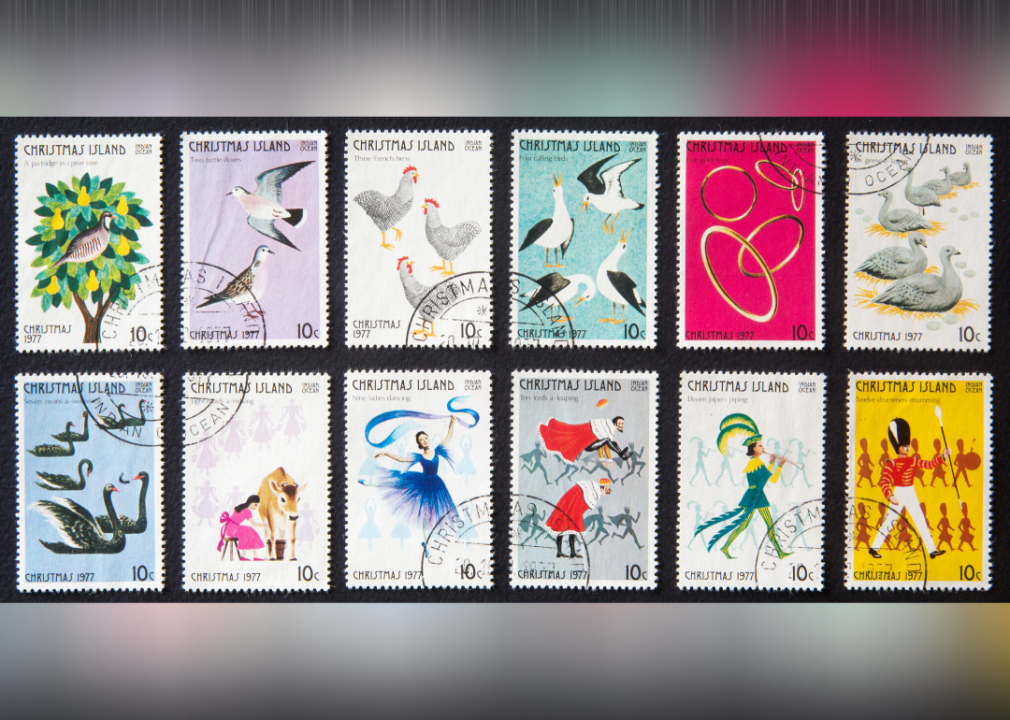
spatuletail // Shutterstock
‘The Twelve Days of Christmas’ (1780)
This numeric carol was originally published in England in 1780 in a children’s book called “Mirth Without Mischief.” It is believed to be a type of children’s memory-and-forfeit game in which the singer must remember every verse or forfeit something if they make a mistake.
You may also like: Best and worst Al Pacino movies
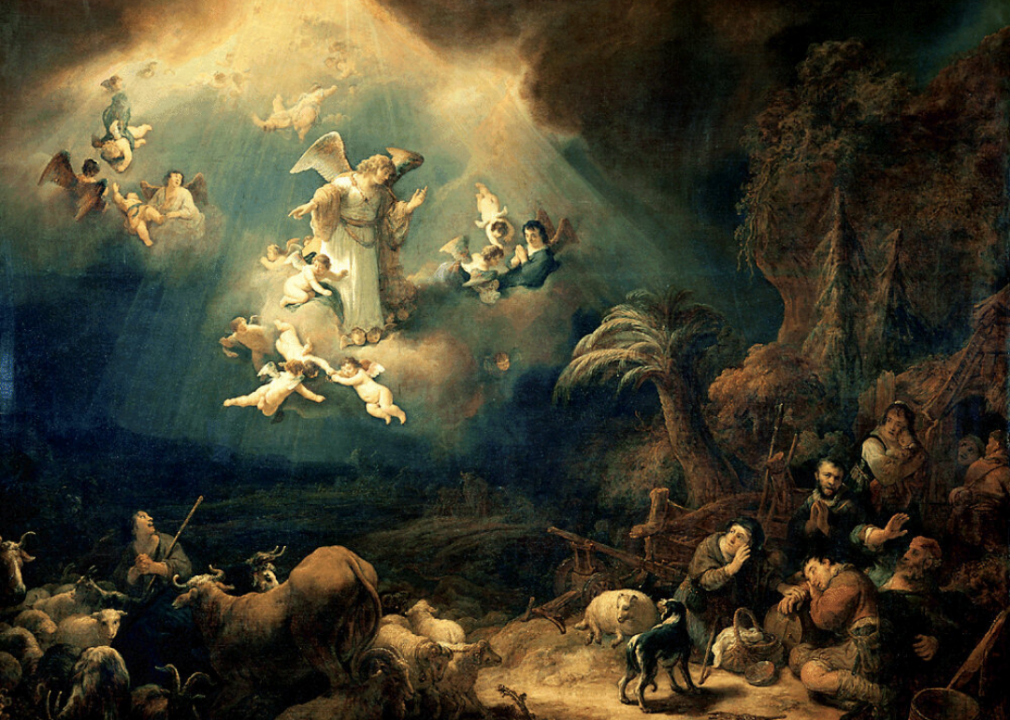
Public Domain // Wikimedia Commons
‘Angels We Have Heard on High’ (1862)
Citing the gospel of Luke, this English carol is based on a French song called “Les Anges dans nos campagnes.” The lyrics were written by James Chadwick, a bishop in 1862. His words were set to the tune “Gloria,” which was arranged by Edward Shippen Barnes.
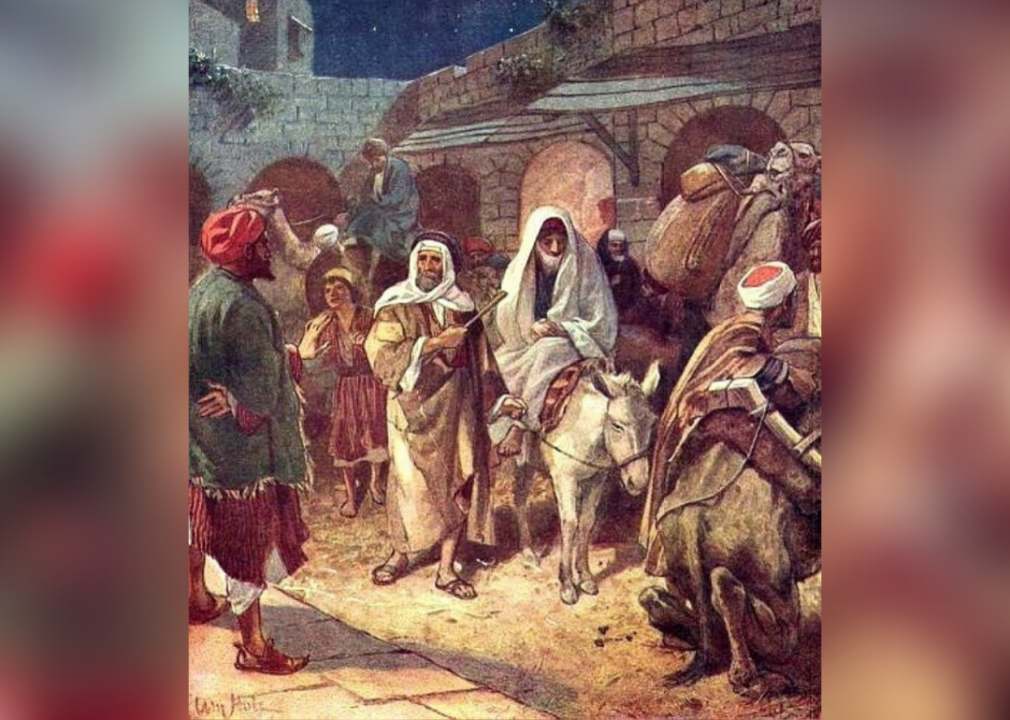
Public Domain // Wikimedia Commons
‘The Cherry Tree Carol’ (c. 1500)
This Christmas ballad is believed to date back to the 15th century. Unlike many other carols that reference the gospels of Luke or Matthew, this story takes place sometime in between as Mary and Joseph journey to Bethlehem. It is one of the few depictions of Joseph struggling to accept Mary’s pregnancy, evidenced through lyrics such as “O then bespoke Joseph/ With words so unkind,/ Let him pluck thee a cherry/That brought thee with child.” The song was made popular again by Joan Baez’s rendition in 1961.
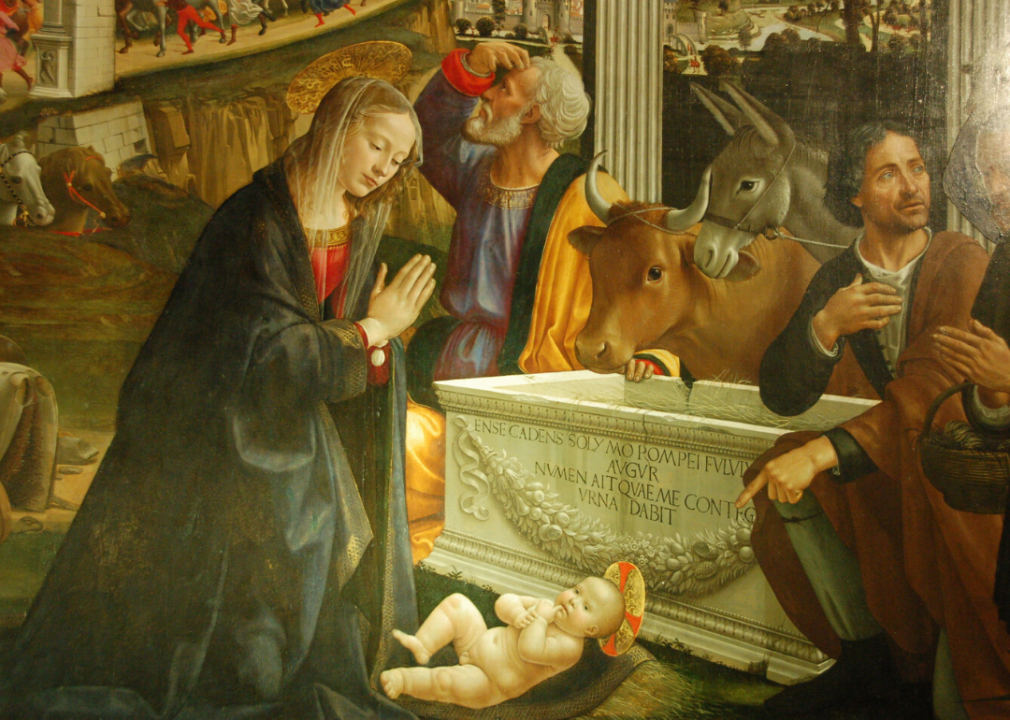
bob // Flickr
‘The Friendly Beasts’ (12th century)
The exact origins of this carol are unknown, but it is believed to be one of the oldest carols still sung today. Dating back to the 12th century, “The Friendly Beasts” is a traditional French carol about the animals present at the birth of Jesus and the gifts they bestowed on him.
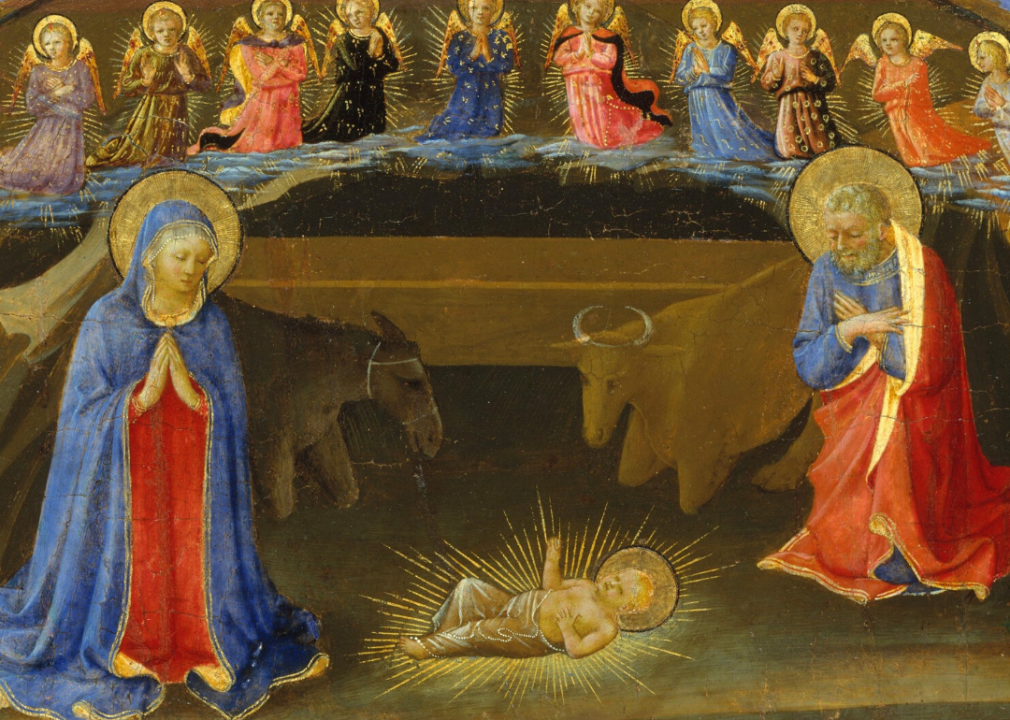
Public Domain // Wikimedia Commons
‘Joy to the World’ (1719)
“Joy to the World” was originally written as a hymn by Isaac Watts. Watt’s adaptation of Psalm 98 interprets Christ as the king of the church and as the king of the world. “Joy to the World” is one of the most recorded Christmas songs of all time.
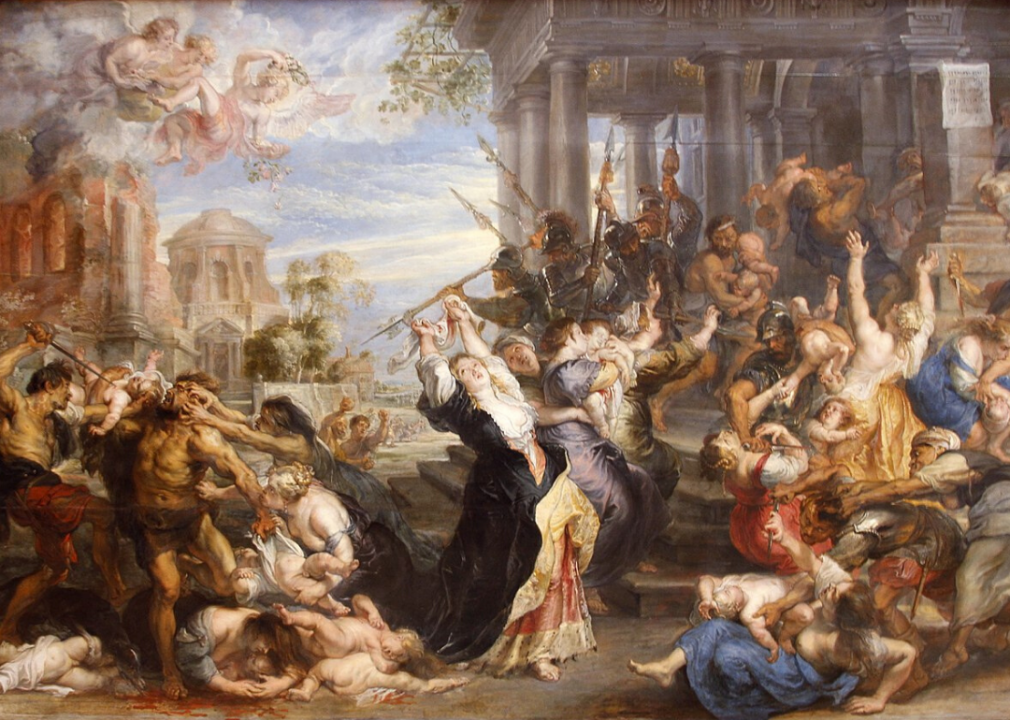
José Luiz Bernardes Ribeiro // Wikimedia Commons
‘Coventry Carol’ (c.1591)
Perhaps the darkest song on this list, “Coventry Carol,” depicts the biblical event, “The Massacre of the Innocents,” in which King Herod ordered the killing of all male babies under the age of two in Bethlehem. The song takes the form of a lullaby recited to the persecuted children. In Christianity, “The Massacre of the Innocents” is an important part of the broader Nativity story and thus a relevant story in the Christmas narrative. “Coventry Carol” was originally part of a medieval mystery play performed in England called “The Pageant of the Shearmen and Tailors.”
You may also like: Best Grateful Dead albums of all time


